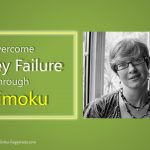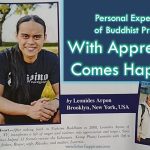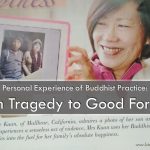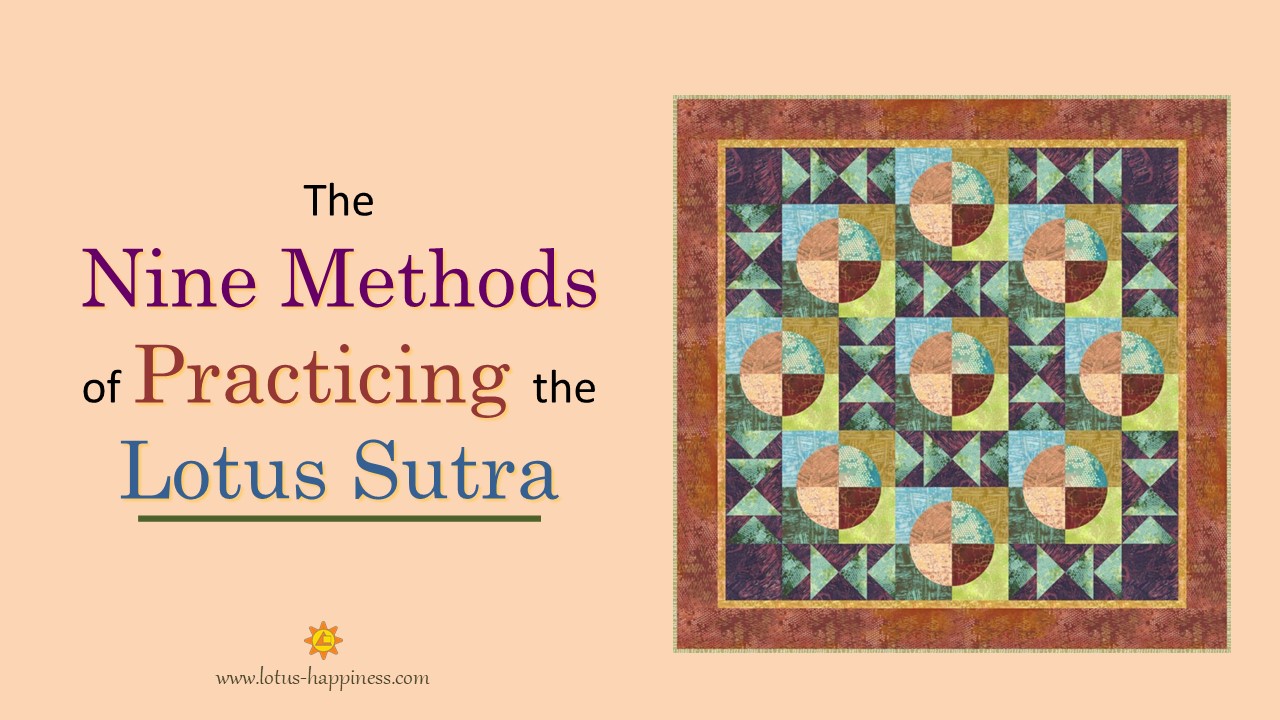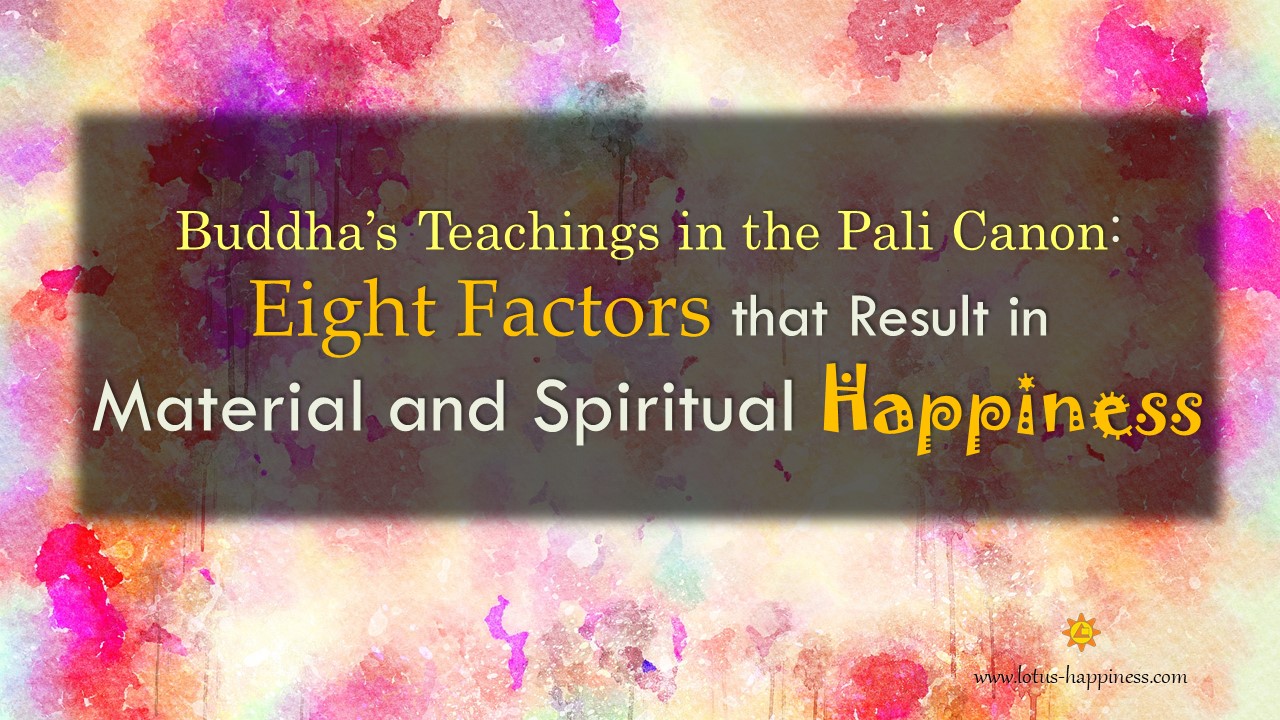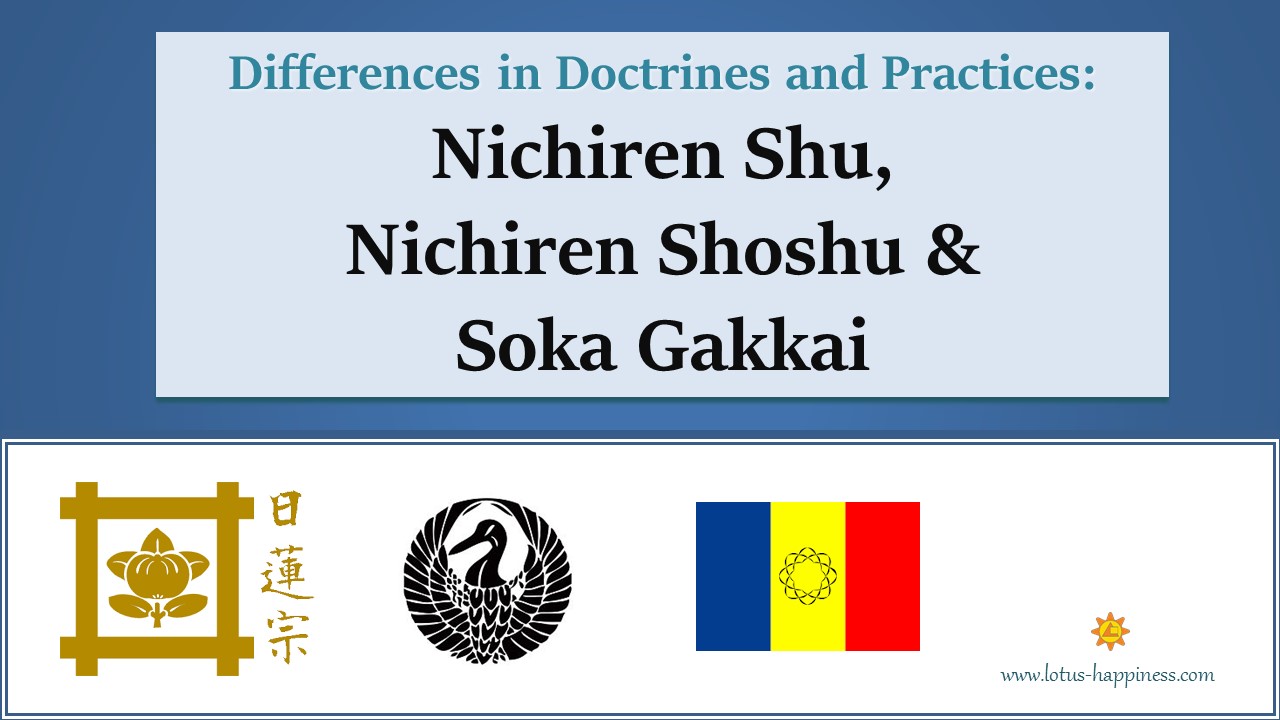
Differences in Doctrines and Practices: Nichiren Shu, Nichiren Shoshu, and Soka Gakkai
Nichiren Buddhism is one of the most eminent branches of Mahayana Buddhism that is based on the teachings of the 13th century Japanese monk, Nichiren (1222-1282). Under Nichiren Buddhism, there are several major schools and many sub-schools. The common denomination they have in common, however, is the chanting of “Nam Myoho Renge Kyo” and recital of the Lotus Sutra.
Among the many schools in Nichiren Buddhism, the three most renowned are Nichiren Shu, Nichiren Shoshu, and Soka Gakkai. Unlike the lesser known Nichiren schools, these three schools have international branches around the world.
While the new believers tend to mix up with the names of the different schools (Nichiren Shoshu and Nichiren Shu), many veteran Nichiren Buddhists may still be confused about the doctrinal differences between Nichiren Shu, Nichiren Shoshu, and Soka Gakkai.
Before delving into the details, this diagram gives you an overview summary on some of the primary doctrinal differences in terms of the Triple Gem – Buddha, Dharma, and Sangha:
| Triple Gem | Nichiren Shu | Nichiren Shoshu | Soka Gakkai International (SGI) |
| Buddha | Original Buddha is Shakyamuni Buddha | Original Buddha is Nichiren Daishonin (Latter Day of the Law) | Original Buddha* is Nichiren Daishonin (Latter Day of the Law) |
| Dharma | The Lotus Sutra and the Odaimoku Namu Myoho Renge Kyo | The Lotus Sutra and the daimoku Nam Myoho Rengo Kyo | The Lotus Sutra and the daimoku Nam Myoho Rengo Kyo |
| Sangha | Nichiren Shonin and monastic abbots & lay community | Nikko Shonin & successive High Priests | Nikko Shonin and SGI communities |
Nichiren Shu (日莲宗)
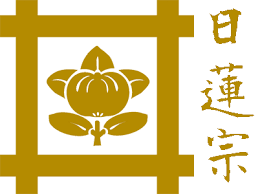 Nichiren Shu is often referred to as the “Minobu Sect” because most of the temples, such as Kuon-ji and Ikegami Honmon-ji, are found within the Mount Minobu area. Many of Nichiren’s most important personal artifacts and writings are preserved within these temples and they are considered to be National Treasures of Japan within their safekeeping. For example, Hokekyo-ji is the temple which keeps the original Gosho of Nichiren – Rissho Ankoku Ron. Kuonji Temple, a temple established by Nichiren Shonin, the Grand Head Temple of Nichiren Shu, is also the site of Nichiren Shonin’s tomb.
Nichiren Shu is often referred to as the “Minobu Sect” because most of the temples, such as Kuon-ji and Ikegami Honmon-ji, are found within the Mount Minobu area. Many of Nichiren’s most important personal artifacts and writings are preserved within these temples and they are considered to be National Treasures of Japan within their safekeeping. For example, Hokekyo-ji is the temple which keeps the original Gosho of Nichiren – Rissho Ankoku Ron. Kuonji Temple, a temple established by Nichiren Shonin, the Grand Head Temple of Nichiren Shu, is also the site of Nichiren Shonin’s tomb.
Contrary to the Nichiren Shoshu and its offshoots, Nichiren Shu is well-known for its more open, inclusive and tolerant views of other Buddhist traditions. Some of the Nichiren Shu’s abbots were imprisoned during the World War II for refusing to succumb to demands by the military authority.
Nichiren Shu is not affiliated with Nichiren Shoshu or Soka Gakkai.
#1 – Buddha:
In Nichiren Shu, the Original Buddha is Shakyamuni Buddha. According to Nichiren Shu, there is no documentary proof within the Lotus Sutra, neither is there in the Gosho, to show that Nichiren is the “Eternal Original Buddha” surpassing that of Shakyamuni Buddha. Thus, the title “Buddha” is reserved for Shakyamuni Buddha because he is the first person in recorded history to show people the way toward Buddhahood.
While Shakyamuni is viewed as “the” Buddha, Nichiren is regarded as the messenger of Shakyamuni Buddha and the reincarnation of Bodhisattva Superior Practice.
#2 – Dharma:
The Dharma is the Lotus Sutra. The practice is the chanting of the title of the Lotus Sutra: Namu Myoho Renge Kyo.
Nichiren Shu does not believe the Dai-Gohonzon as revered in Nichiren Shoshu to be superior to any other objects of worship, be it statues or scroll. The statue of Shakyamuni Buddha, and statues of the four leaders of the Bodhisattvas of the Earth, are often placed together with in the altar. 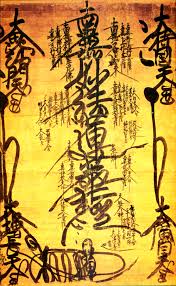
The version of the Gohonzon used by Nichiren Shu is purported to be closer in style to the one inscribed by Nichiren Shonin himself. This version of the Gohonzon include bodhisattvas such as Bodhisattva Universal Worthy, Bodhisattva Medicine King, Bodhisattva Manjushri etc. In fact, many of the original copies of the Gohonzon inscribed by Nichiren himself are still kept within the temples of Nichiren Shu.
#3 – Sangha:
Nichiren Shonin, instead of Nikko Shonin as perceived by Nichiren Shoshu, is the Sangha. Nichiren Shu regards Nichiren’s own writings, Gosho, as commentaries or abhidharma on the doctrines of Buddhism.
According to Nichiren Shu, Nichiren designated Six Senior Disciples to succeed him: Nissho (1221-1323); Nichiro (1245-1320); Nikko (1246-1333); Nikō (1253-1314); Nitchō (1252-1317); and Nichiji (1250-unknown). Nichiren Shu does not accept the position held by both Nichiren Shoshu and SGI that Nichiren only designated a single sole successor, nor the belief that the other disciples somehow “betrayed” Nichiren. Thus, the contributions of all Nichiren’s disciples (including Nikko) – the building of various temples, preservation of Nichiren’s original Gosho, and the overseas propagation efforts outside of Japan by some of the disciples – are amply recognised and represented in the teachings of Nichiren Shu.
Other Differences in Practice include:
- reciting not only Chapter 2 and 16 of the Lotus Sutra, but also Chapter 12: Devadatta, Chapter 21: Divine Powers of Tathagata, Chapter 25: Bodhisattva Avalokitesvara,
- differences in term: Odaimoku (instead of just daimoku), Namu Myoho Renge Kyo (not Nam)
- using the drum (not the bell)
- practicing silent meditation
- singing of Buddhist songs/hymns
- ritual copying of the Lotus Sutra
- celebration of traditional Buddhist holidays such as Nirvana Day of Shakyamuni Buddha, Nichiren’s Birthday, Buddha’s Birthday, Death anniversary of Nichiren, Bodhi Day etc.
- at least one abbot or abbess is present to lead a chanting/recitation session.
- learning of Buddhism: focus on the fundamental doctrines of Buddhism in the Lotus Sutra and Gosho
In a nutshell, the practice of Nichiren Shu is more orthodox and holistic from the perspective of the fundamental doctrines of Buddhism. This is because it incorporates both teachings from Shakyamuni Buddha as well as Nichiren Shonin. Much as it is well-established in Japan, the presence of Nichiren Shu outside of Japan is less well-known as compared with Nichiren Shoshu and Soka Gakkai.
Other related resources:
The Lineage of Nichiren Buddhism
Nichiren Shoshu (日莲正宗)
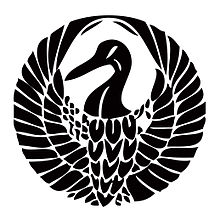 The Head Temple of Nichiren Shoshu, Taiseki-ji, is located at the base of Mount Fuji, thus it is known as the “Fuji School” sect. Taiseki-ji is a Nichiren temple founded by Nikko Shonin and it is visited regularly by Nichiren Shoshu members from around the world as part of their religious pilgrimage to chant in front of the Dai-Gohonzon.
The Head Temple of Nichiren Shoshu, Taiseki-ji, is located at the base of Mount Fuji, thus it is known as the “Fuji School” sect. Taiseki-ji is a Nichiren temple founded by Nikko Shonin and it is visited regularly by Nichiren Shoshu members from around the world as part of their religious pilgrimage to chant in front of the Dai-Gohonzon.
Dai-Gohonzon, presently enshrined in Hoando building located in Fujinomiya, Shizuoka Prefecture, is the supreme main object of veneration. The official crest symbol of Nichiren Shoshu is Japanese Tsuru crane bird.
Nichiren Shoshu is currently led by the Sixty-Eighth High Priest, Nichinyo Shonin (1935–). Since the Meiji period, Nichiren Shoshu priests, like other Japanese Buddhist sects, have been permitted to marry. Both male and female priesthood exist in Nichiren Shoshu.
Offshoots of Nichiren Shoshu include Soka Gakkai, Ken-shokai, Sho-shinkai.
#1 – Buddha:
Contrary to Nichiren Shu, Nichiren Shoshu teaches that Nichiren Daishonin, instead of Shakyamuni Buddha, is the Original Buddha. Hence, Nichiren is known as the “Daishonin” (“Great Sage Nichiren”).
#2 – Dharma:
The Dharma is the Lotus Sutra. The practice is the chanting of the title of the Lotus Sutra: Nam Myoho Renge Kyo.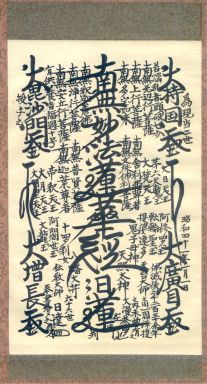
The Dai-Gohonzon of the High Sanctuary of the Essential Teachings is regarded as the supreme object of worship surpassing all other Gohonzons issued by other Nichiren sects.
The version of the Dai-Gohonzon or Gohonzon used by Nichiren Shoshu include bodhisattvas such as Bodhisattva Universal Worthy, Bodhisattva Medicine King, Bodhisattva Manjushri etc.
#3 – Sangha:
The successive High Priests in Nichiren Shoshu are regarded as the Sangha. The lay members of Nichiren Shoshu are called the Hokkeko-Shu.They learn the Gosho and visit the Taiseki-ji as part of their Buddhist pilgrimage (Tozan).
Nichiren Shoshu maintains the position that Nikko Shonin is the sole successor of Nichiren.
Other Differences in Practice include:
- recitation of Chapter 2 and 16 of the Lotus Sutra
- chanting of Nam Myoho Renge Kyo (instead of Namu)
- using the drum and the bell, depending on different environmental context
- all chanting/recitation sessions are conducted and led by ordained priests
- pilgrimage to the Taiseki-ji is an important part of their practice (Tozan)
- some of the ceremonies observed in Nichiren Shoshu are Gojukai ceremony for new members, Toba (Stupa) memorials for the dead relatives and friends, Eye opening ceremony for Buddhist religious articles, Gokaihi ceremony at the Hoando etc.
- learning of Buddhism: Gosho, teachings by High Priest such as Nichikan Shonin, and understanding the differences from other schools of Buddhism such as Pureland, Shingon etc.
In short, the practice of Nichiren Shoshu is more formal and ceremonious in nature. The presence of High Priests and the pilgrimage to the Head Temple to worship the Dai-Gohonzon play a quintessential part in the practice. Nichiren Shoshu is assertive and committed on the propagation of Nichiren Buddhism by differentiating itself from Shakyamuni Buddhism, as evidenced from the importance placed in Dai-Gohonzon as well as using such term as “True Buddhism” in its teachings.
Soka Gakkai (创价学会)
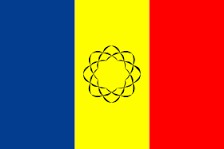 Soka Gakkai International is a dynamic lay Buddhist movement founded by its first three presidents Tsunesaburo Makiguchi, Josei Toda, and Daisaku Ikeda. It is the largest of the Japanese new religions and holds the largest membership among Nichiren Buddhist groups. Soka Gakkai promotes peace, culture, and education as part of the global peace movement.
Soka Gakkai International is a dynamic lay Buddhist movement founded by its first three presidents Tsunesaburo Makiguchi, Josei Toda, and Daisaku Ikeda. It is the largest of the Japanese new religions and holds the largest membership among Nichiren Buddhist groups. Soka Gakkai promotes peace, culture, and education as part of the global peace movement.
Makiguchi and Toda were imprisoned by the Japanese military regime during World World II because of their refusal to accept the Shinto talisman. After the war, the membership of Soka Gakkai increased exponentially from 3000 members to a claimed total of 750,000 households. Under the leadership of Daisaku Ikeda, Soka Gakkai has spread throughout the world with a claimed 12 million members in 192 countries.
Soka Gakkai shared a legacy and an association with Nichiren Shoshu before the excommunication in 1991.
The Hall of Great Vow for Kosen-rufu located in Tokyo, Japan, is the focal point of SGI’s global movement for kosen-rufu, or world peace.
#1 – Buddha:
In Soka Gakkai, Nichiren Daishonin is regarded as the Original Buddha of kuon ganjo, the Original Buddha of Limitless Joy from time without beginning, and the Buddha of the Latter Day of the Law. Hence, Nichiren is referred as the “Daishonin” instead of just “Shonin.”
#2 – Dharma:
The Dharma is the Lotus Sutra. The practice is the chanting of the title of the Lotus Sutra: Nam Myoho Renge Kyo.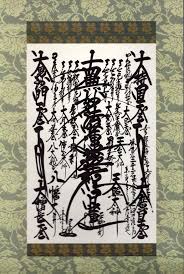
Any Gohonzon is regarded as the object of worship, not only the Dai-Gohonzon. Daisaku Ikeda taught the importance of faith in tapping the power of the Gohonzon.
The version of the Gohonzon used is the one inscribed by Nichikan Shonin, who is the 26th High Priest of Nichiren Shoshu. Bodhisattvas such as Bodhisattva Universal Worthy, Bodhisattva Medicine King, Bodhisattva Manjushri are absent in the Gohonzon.
#3 – Sangha:
Nikko Shonin is regarded as the Sangha. Similar to Nichiren Shoshu, SGI maintains the position that Nikko Shonin is the sole successor of Nichiren.
The lay Buddhist communities of SGI are also considered as the Sangha.
Other Differences in Practice include:
- reciting of only Chapter 2 and Chapter 16 of the Lotus Sutra
- quick tempo in the chanting of Nam Myoho Renge Kyo
- using of the bell, instead of the drum
- study the Gosho as well as the New Human Revolution written by Daisaku Ikeda.
- promulgates the spirit of Mentor and Disciple for the purpose of worldwide kosen-rufu.
- some of the celebrations observed within SGI are Soka Gakkai Founding Day (18 Nov), Soka Gakkai Day (3 May), Kosen-rufu Day (13 March), Mentor and Disciple Day (3 July) etc.
- all chanting and recitation sessions are conducted only by lay persons, instead of monastic clergy.
- learning of Buddhism: focus on the sharing of testimonials/experiences by members, learning Gosho, and guidances of Daisaku Ikeda
Simply put, the style of practice by SGI is a form of Engaged Buddhism as it advocates the application of Buddhist principles to create values, transform suffering, and achieve happiness in daily lives. Most SGI members are committed to promoting peace through active participation in the local communities. Aside from its extensive propagation efforts to reach out to the general public, it is notable for its strong Sangha in support of members who are fighting hard to overcome their suffering and obstacles.
Note:
* Source of the concept of Original Buddha as taught by Soka Gakkai:
Daisaku Ikeda, The Heart of the Lotus Sutra: Lectures on the “Expedient Means” and “Life Span” Chapters (United States: World Press Tribune, 2013), page 236
“This Shakyamuni is identified with Nichiren, the original Buddha of the Latter Day of the Law.”

